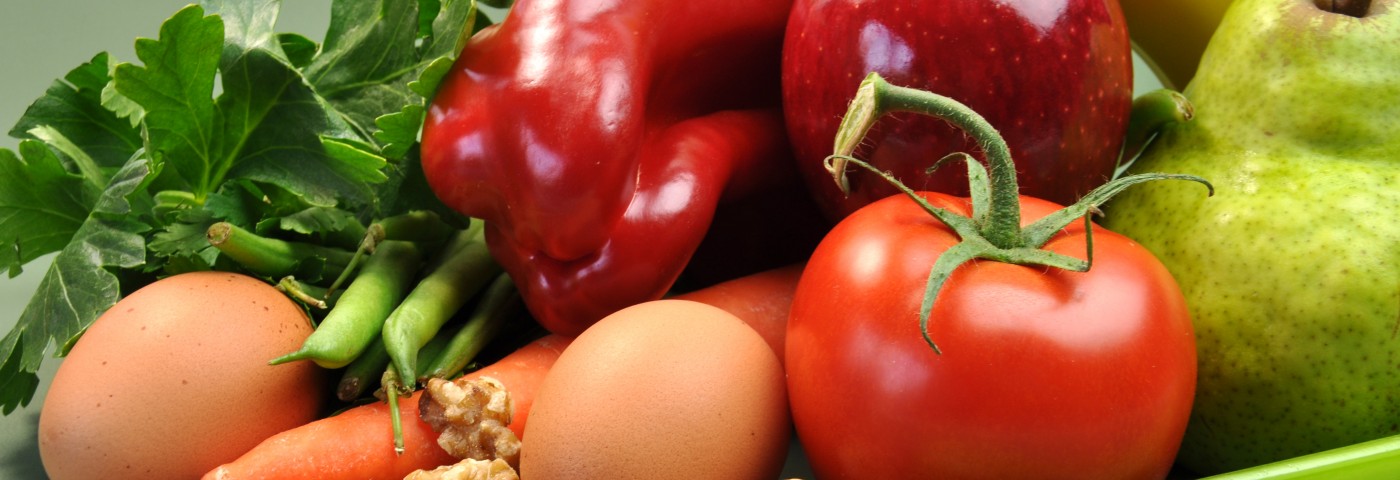When I was first diagnosed with endometriosis, there was an air of casualness about the whole thing. I was told it probably wouldn’t come back and, naturally, I thought the same.
While waiting for my second laparoscopy, I started to grasp the impact of endometriosis on my body and began experimenting with diet. The endometriosis diet is essentially anti-inflammatory, given that endometriosis is an inflammatory disease and chronic inflammation causes heightened pain levels. The endometriosis diet, therefore, requires eliminating or reducing foods that are known to increase inflammation, including:
- Sugar
- Gluten
- Red meat
- Dairy
- Alcohol
- Caffeine
In addition, research has shown that women with endometriosis often have higher levels of estrogen, and that estrogen can encourage tissue growth. This type of diet can help support the liver, which eliminates excess estrogen from the body, and it can also help stabilize hormones thanks to certain nutrients in the food. Nutritionists such as Henrietta Norton suggest that the hormones used in meat production have an additional negative effect on our own hormones, by making their way into our body when consumed.
Norton’s book, “Take Control of Your Endometriosis,” includes compelling statistics from research showing that “women who ate green vegetables 13 times or more per week (roughly twice a day) were 70 per cent less likely to have endometriosis than those who ate green vegetables less than six times per week.”
Though the diet may sound scary at first, it doesn’t have to be about forceful restriction. In the beginning, you could just try cutting down a little on whatever you feel you might be eating slightly too much of, or whatever triggers your pain the most.
A common question I’m asked is, “So what do you eat?” But the truth is, I eat a lot. Cooking for the endometriosis diet doesn’t have to be a problem once you’ve got to grips with what ingredients to buy.
In the U.K., and from my understanding, all over, vegan and gluten-free food options are growing. I know personally it’s become much easier for me to shop at my local supermarket, but my favorite option (and one I really don’t do enough) is online. With online shopping, you rarely have the issue of an item being out of stock or not being sold at a local supermarket, and you get a larger choice. Generally, my shopping list usually includes:
- Rice
- Quinoa
- Fruit and vegetables
- Rice pasta and noodles (or alternatives like lentil pasta, buckwheat noodles, etc.)
- Beans and pulses
- Gluten-free bread such as wraps, pita bread, and loaves
- Gluten-free oats
- Treats like raw dark chocolate and vegan ice cream, often made from coconut milk or cashew nuts
- Nuts, seeds, and dried fruit like coconut chips
- Herbs and spices
- Health foods such as cacao powder
Quite honestly, without the internet, I wouldn’t have had any idea of where to start with gluten-free vegan cooking, but there are so many amazing blogs out there now that the problem has become a lack of time to try them all! Some of the most influential bloggers I follow — who have made the endometriosis diet creative, enjoyable, and accessible — are Jessica Murnane, Ella Mills, Heather Crosby and Dana Shultz. These women have everything from quick, 30-minute meals to birthday cakes and decadent brunches.
Eating out can obviously pose its difficulties. I’ve flirted with the endometriosis diet for many years before fully committing, mainly because I told myself it was too hard to eat out with friends and not be fussy. I’m not saying it’s easy, but since committing to being gluten-free and dairy-free all the time, it’s actually become much easier to make choices, and I’ve become much more confident in speaking to waiters about my requirements. I still go to the places where I know I can eat everything and anything, and those are, of course, my favorite places to go. But now, if a friend wants to go for a pub lunch, I know how to handle it. My answer? Order the sides. I’ve had some pretty good meals made up of all of the bits I can eat and throwing them together.
Each one of us is affected differently by endometriosis and there is no one-size-fits-all when it comes to treatment, conventional or alternative. The endometriosis diet may not have the same effects on you as it has on me; it’s not for everyone and that’s OK. But leading a healthier lifestyle where possible is always a positive choice. So, even if it’s just about getting a better night’s sleep or topping up on your vegetable portions, the endometriosis lifestyle and diet could help support body and mind.
***
Note: Endometriosis News is strictly a news and information website about the disease. It does not provide medical advice, diagnosis, or treatment. This content is not intended to be a substitute for professional medical advice, diagnosis, or treatment. Always seek the advice of your physician or other qualified health provider with any questions you may have regarding a medical condition. Never disregard professional medical advice or delay in seeking it because of something you have read on this website. The opinions expressed in this column are not those of Endometriosis News or its parent company, BioNews Services, and are intended to spark discussion about issues pertaining to endometriosis.

